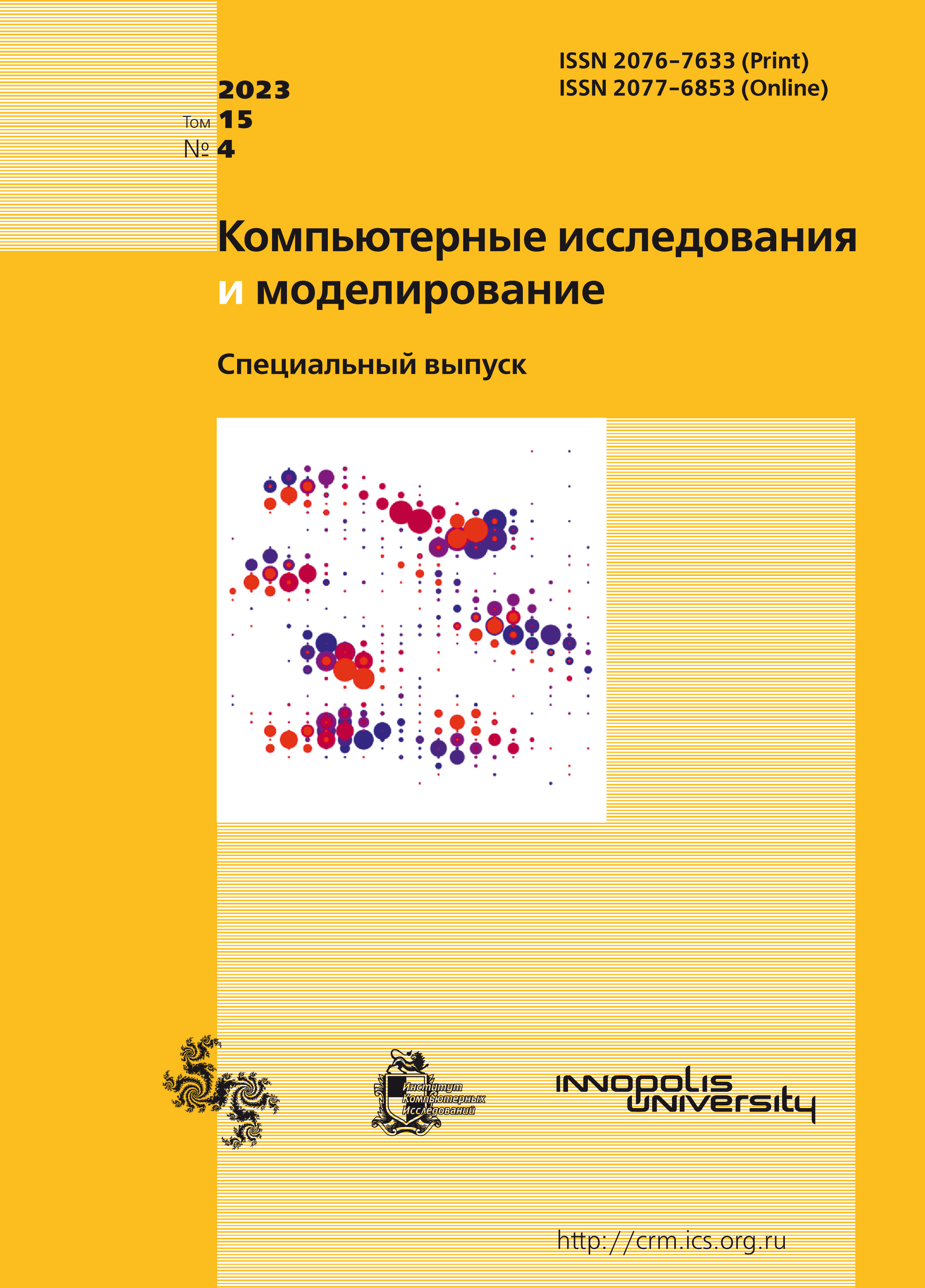All issues
- 2025 Vol. 17
- 2024 Vol. 16
- 2023 Vol. 15
- 2022 Vol. 14
- 2021 Vol. 13
- 2020 Vol. 12
- 2019 Vol. 11
- 2018 Vol. 10
- 2017 Vol. 9
- 2016 Vol. 8
- 2015 Vol. 7
- 2014 Vol. 6
- 2013 Vol. 5
- 2012 Vol. 4
- 2011 Vol. 3
- 2010 Vol. 2
- 2009 Vol. 1
Centrifugal pump modeling in FlowVision CFD software
 pdf (2325K)
pdf (2325K)
This paper presents a methodology for modeling centrifugal pumps using the example of the NM 1250 260 main oil centrifugal pump. We use FlowVision CFD software as the numerical modeling instrument. Bench tests and numerical modeling use water as a working fluid. The geometrical model of the pump is fully three-dimensional and includes the pump housing to account for leakages. In order to reduce the required computational resources, the methodology specifies leakages using flow rate rather than directly modeling them. Surface roughness influences flow through the wall function model. The wall function model uses an equivalent sand roughness, and a formula for converting real roughness into equivalent sand roughness is applied in this work. FlowVision uses the sliding mesh method for simulation of the rotation of the impeller. This approach takes into account the nonstationary interaction between the rotor and diffuser of the pump, allowing for accurate resolution of recirculation vortices that occur at low flow rates.
The developed methodology has achieved high consistency between numerical simulations results and experiments at all pump operating conditions. The deviation in efficiency at nominal conditions is 0.42%, and in head is 1.9%. The deviation of calculated characteristics from experimental ones increases as the flow rate increases and reaches a maximum at the far-right point of the characteristic curve (up to 4.8% in head). This phenomenon occurs due to a slight mismatch between the geometric model of the impeller used in the calculation and the real pump model from the experiment. However, the average arithmetic relative deviation between numerical modeling and experiment for pump efficiency at 6 points is 0.39%, with an experimental efficiency measurement error of 0.72%. This meets the accuracy requirements for calculations. In the future, this methodology can be used for a series of optimization and strength calculations, as modeling does not require significant computational resources and takes into account the non-stationary nature of flow in the pump.
Copyright © 2023 Akimov S.V., Borisov D.V.
Indexed in Scopus
Full-text version of the journal is also available on the web site of the scientific electronic library eLIBRARY.RU
The journal is included in the Russian Science Citation Index
The journal is included in the RSCI
International Interdisciplinary Conference "Mathematics. Computing. Education"






